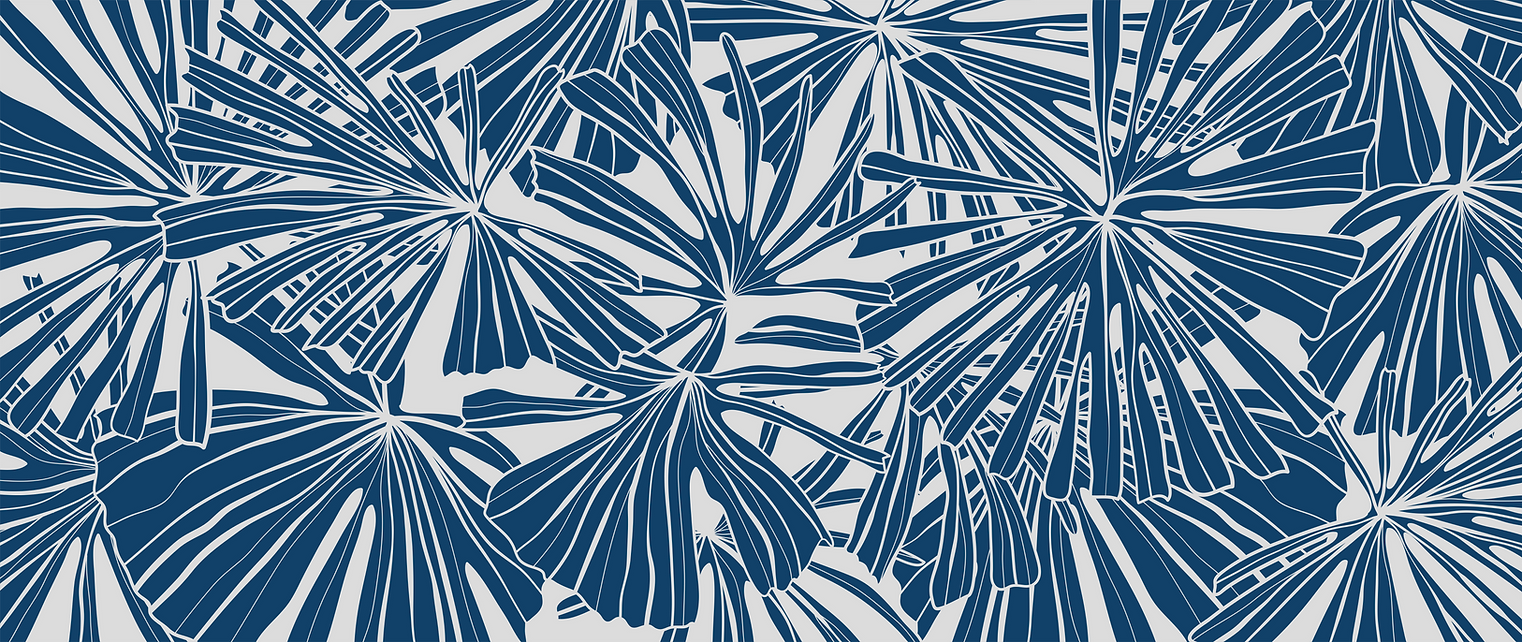Tomorrow’s Urban Ahupua‘a
WCIT approach is one based in our methodology Tomorrow’s Ahupua‘a. Tomorrow‘s Ahupua‘a is built upon the fundamental relationship between ‘āina (land) and kānaka (man). With every new project, WCIT approaches design individually as we seek to explore each project’s unique opportunities and possibilities. Research is an important first step in this process. A thorough investigation in the past and present conditions (yesterday and today) will provide the basis for which we will begin to formulate our master plan and design proposals (tomorrow).

This methodology and its unique approach further allows for the implementation of Hawaiian history, culture and practices. WCIT traces the genealogy of the project site and its’ ahupua‘a in three significant time periods: yesterday, today and tomorrow.
For Native Hawaiians the importance of this relationship is told in one of the oldest and most widely acknowledged cosmogonic genealogies recounting the birth of the islands, chiefs, and people. This genealogy further denotes the familial and interdependence of the three and their importance in land management systems such as the ahupua‘a. We use this tradition as the foundation of our design practice endeavoring to bring back the balance between ‘āina and kānaka. This structure is the basis for the methodology of Tomorrow’s Ahupua‘a and provides us the historical framework for new and contemporary interpretations.

artwork by solomon enos.
Tomorrows Urban Ahupuaʻa
WCIT traces the genealogy of the project site and its’ ahupua‘a in three significant time periods: yesterday, today and tomorrow.

YESTERDAY
Yesterday starts at the
beginning of Hawaiian time.
Tracing back to the creation story until the ideas of Western contact start to influence Native Hawaiian social and cultural stories and historical events.
TODAY
Today starts at the Māhele of 1848, the first privatization of land, and tells the rich history of the people and cultures that have built upon the Hawaiian values, each area of the pae ʻāina having a unique in history.
TOMORROW
Tomorrow engages the vision of the project site for generations. Collectively the cultural assets of yesterday and today shepherd the vision and design of any project consistent with our methodology, Tomorrow‘s Ahupua‘a.
The value of Tomorrow's Ahupua‘a is expressed by weaving together the built environment, history and art, and site and community functions, in a cohesive manner. Its design solutions will honor and tell the story of the rich history of the area while providing a canvas for Hawaiian and Hawai‘i’s people to express and define the Hawaiian sense of place for tomorrow's users and generations to come.
Moʻo Methodology
Acknowledging our connection to the past, grounding us in the present and guiding our future.
Artwork by native hawaiian artist solomon enos.

NĀNĀ I MUA, NĀNĀ I HOPE
Looking Forward, Looking Back
A native Hawaiian born and raised in Hilo, Rob continues to discover and embrace the depths and traditions of the island’s heritage.
Through this appreciation and passion for culture and a keen understanding of the nuances of local sensibilities, Rob has developed into one of the most sought-after designers in the islands and one of the leading and most successful planning and entitlement professionals in Hawai'i.

EXAMPLES in PRACTICE
artwork by solomon enos.








